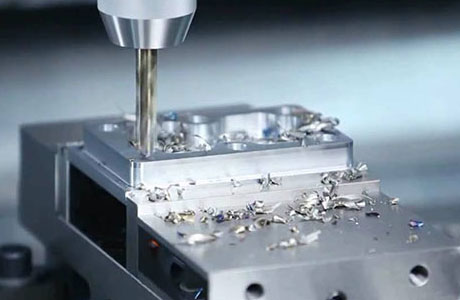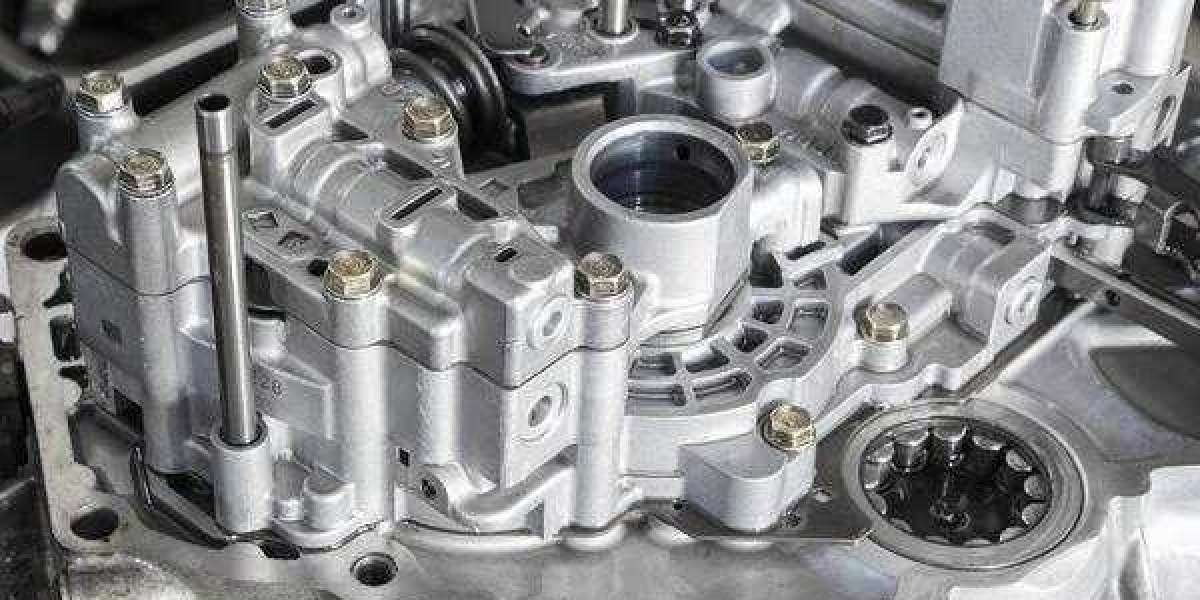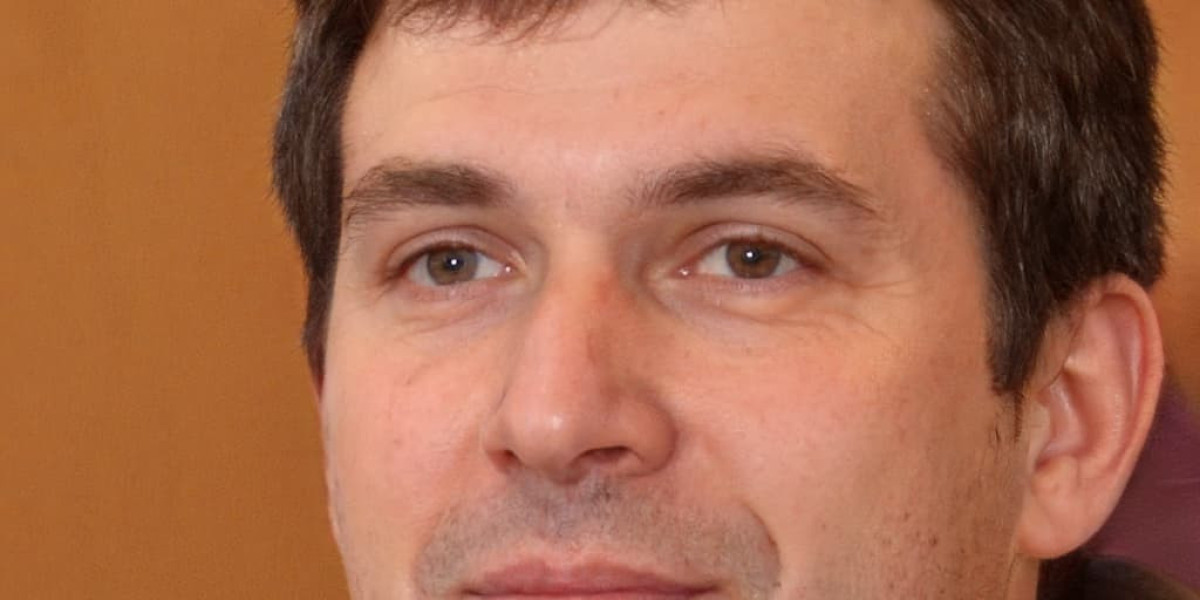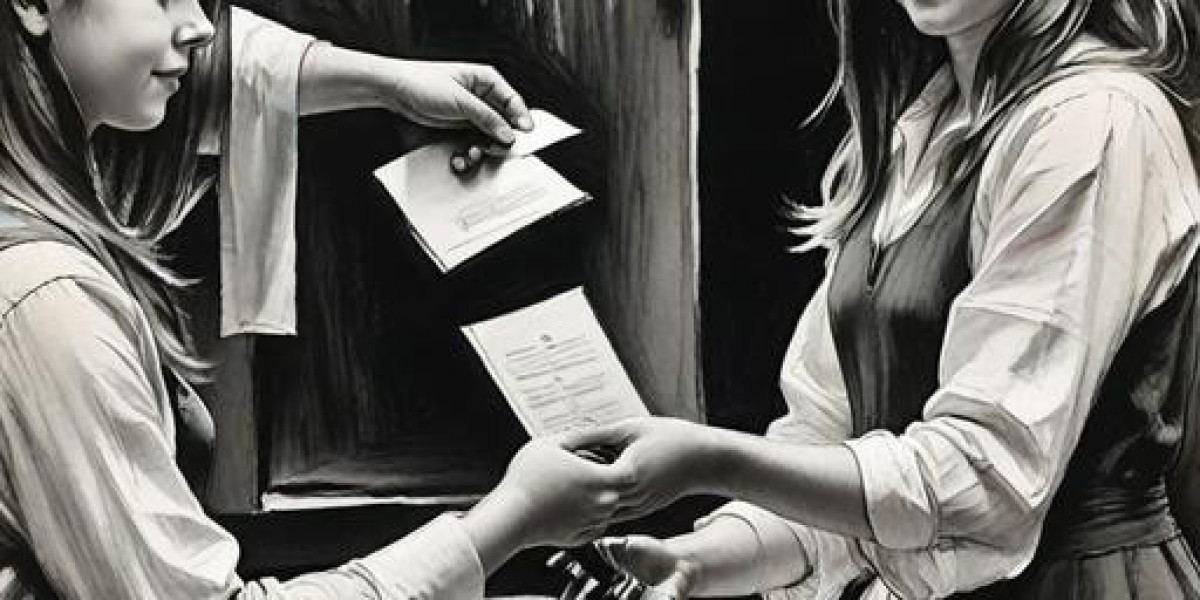In this article, we will discuss key design considerations that are universal to all 3D printing processes. This is because different 3D printing processes each have their own unique set of capabilities as well as design constraints. We will proceed under the assumption that you have some prior experience with 3D design and CNC milling modeling; however, the particular design software that was used to create the 3D models is irrelevant. There are many excellent software programs available that are geared toward introducing beginners to the process of 3D design. In addition, these software programs offer a series of powerful content tutorials that can assist you in gaining an understanding of the fundamentals of the process.
When designing for 3D printing, the most important thing to keep in mind is that whatever you create digitally will eventually be printed as a physical object. There is no need to adhere to physical laws such as gravity when working in a digital design environment. On a digital canvas, anything can be drawn in three dimensions, but not everything can be printed in three dimensions, and each method of printing in three dimensions has its own set of constraints. The following is a list of the most important design considerations that are universal to all of these projects, and you should keep them in mind:Considerations for the Overall Design When Working with 3D Printing.
Because materials cannot be deposited in empty space when using any of the 3D printing processes that allow for the layer-by-layer construction of parts, each layer has to be printed on top of some underlined material. Overhangs are areas of a model that are only partially supported by underlying layers or are not supported at all. Each printer has a limit to the angles it can produce without the need for CNC turning support material, and overhangs are one of the most common problems encountered when printing 3D models. For instance, this angle is approximately 45 degrees for FDM and SLA. Because the layers printed on the support typically have a rougher surface finish, it is best practice to restrict the amount of the model that hangs over the edge of the support.
When designing a 3D printed part, the wall thickness is the second thing to keep in mind. Every 3D printing process can precisely produce features that are thin up to a certain point. Imagine that you are a professional engineer who designs hang gliders for a living. You come up with a fantastic new design, and you decide to 3D print a scaled-down version of it so that you can test it. You are able to model the canvas of the wing using 3D modeling programs; however, you will run into issues if you try to print it using a 3D printer because it is so thin. Always add thickness to your model as a best practice; walls that are thicker than 0. 8 mm can be printed successfully with any process.
WarpingWhen designing 3D models, it is easy to forget that the materials that are used for 3D printing go through a series of physical transformations. For example, they may be melted, sintered, or scanned with a laser before being solidified. During the printing process, the heating and cooling of the materials can cause the parts to deform, with large, flat surfaces being especially susceptible to warping. When using the appropriate machine calibration and having sufficient surface adhesion between the part and the print bed, it is often possible to prevent warpage from occurring. Avoiding the use of large flat surfaces and giving the 3D model rounded corners is a recommended best practice.
When designing 3D models with intricate details, it is essential to keep in mind the smallest feature size that each 3D printing process is capable of producing. This is because the minimum feature size affects how the model will print. The function and mechanism of each 3D printing process, in addition to the layer height that is chosen, determine the minimum level of detail that can be achieved. Because the method that is employed and the material that is used will have an effect on the printing speed and cost, the question of whether or not the model's finer details are essential must first be resolved. important design decision.
Geometric Restrictions Placed on 3D Printing
Geometric Restrictions Placed on 3D Printing.
When determining whether or not a 3D model is suitable for 3D printing, it is necessary to take into account certain dimensional and geometric constraints. These constraints are discussed in this article. These things should be taken into account by anyone who is interested in 3D printing CAD designs, whether they are for simple mechanical parts or intricate architectural components. The following table provides a summary of typical build sizes for the most common 3D printing processes. It should be noted, however, that in order to print larger parts, an industrial printer is typically required, which contributes to an increase in the overall cost. There is also the possibility that the component could be broken up into two or more parts, each of which would be printed independently before being put together later.
Minimum Requirement for Wall DepthWhen working with 3D models, architects and game designers frequently generate elements with infinitesimally thin thicknesses. It is not possible to 3D print thin features unless they are at least slightly larger than the smallest printable feature size supported by each technology. A non-manifold model can cause the software that generates instructions for a 3D printer to misinterpret those instructions, and a non-manifold 3D model can result in layers that are inconsistent with one another, holes, or other errors that prevent the object from being printable. In most cases, non-manifold issues are not visible during the modeling phase. Utilizing analysis software such as Netfabb or Meshmixer is the simplest way to determine whether or not a model can be printed. These programs look at the model and identify any aspects of it that might lead to complications during the 3D printing phase. They then present the user with various repair options.

Displaying the surface of a 3D model in the majority of CAD modeling software, such as Solidworks and Fusion360, is accomplished with the help of non-uniform rational basis splines. It is essential to use an adequate number of polygons to represent a model's surfaces before exporting it to the STL file format for 3D printing. Doing so will ensure that the component will have a smooth appearance once it has been manufactured using 3D printing. If the exported 3D model contains an insufficient number of polygons, the edges connecting the individual polygons will frequently be visible in the final part that is 3D printed. This effect is more noticeable in models that are larger, because the surfaces of those models contain more polygons.
If the exported 3D model has an excessive number of polygons, its file size will be unnecessarily large and difficult to manipulate. Additionally, the final quality of the printed part will suffer as a result of this because 3D printing cannot reproduce minute details. The majority of modeling software, fortunately, makes use of presets in order to export 3D models that contain an adequate number of polygons in order to produce smooth 3D printed parts. The export settings can be modified to accommodate a higher polygon count if that is something that is desired.








